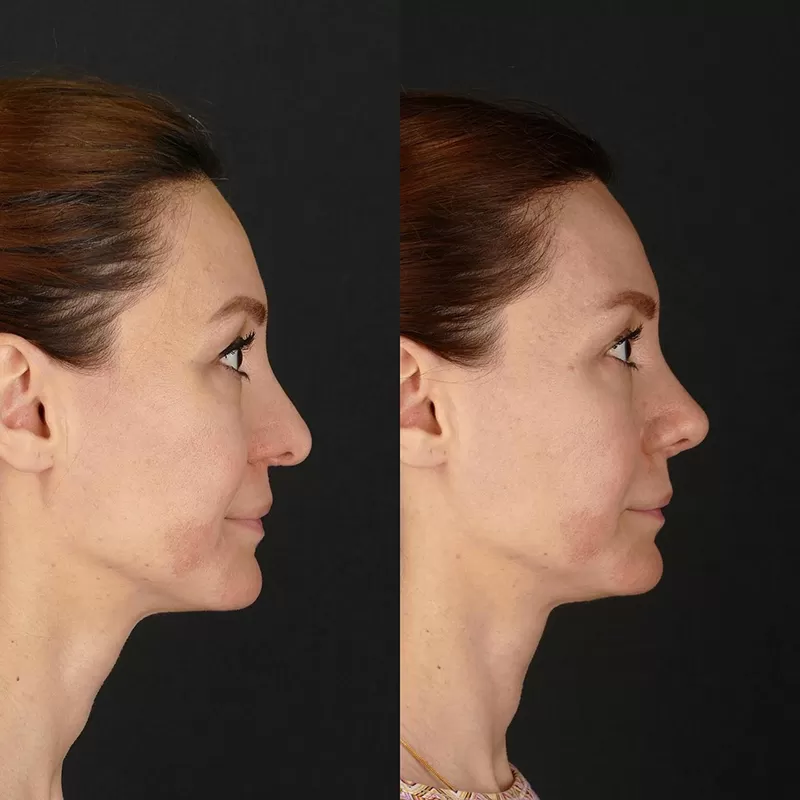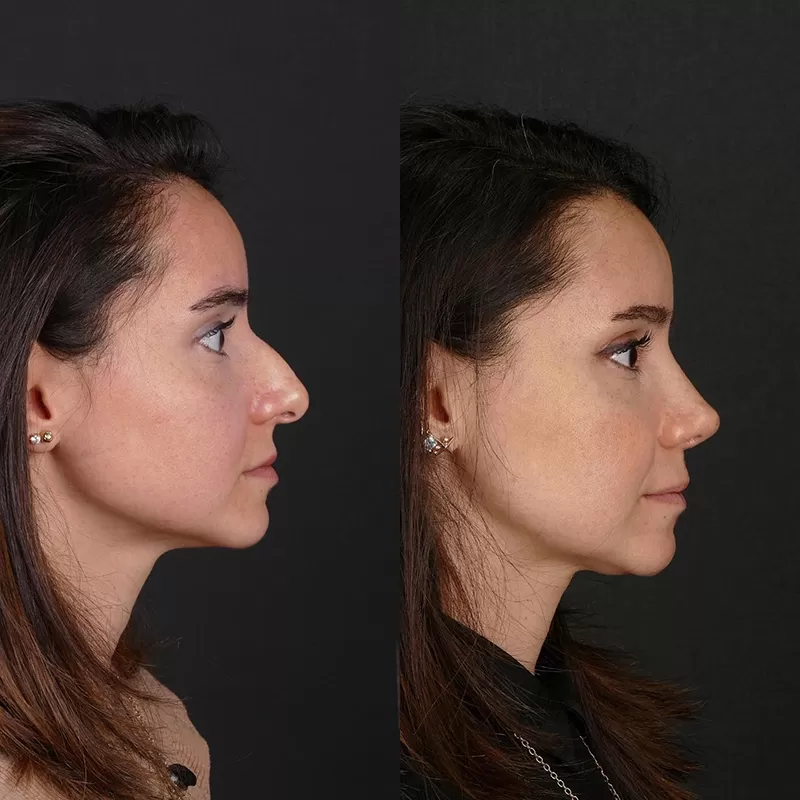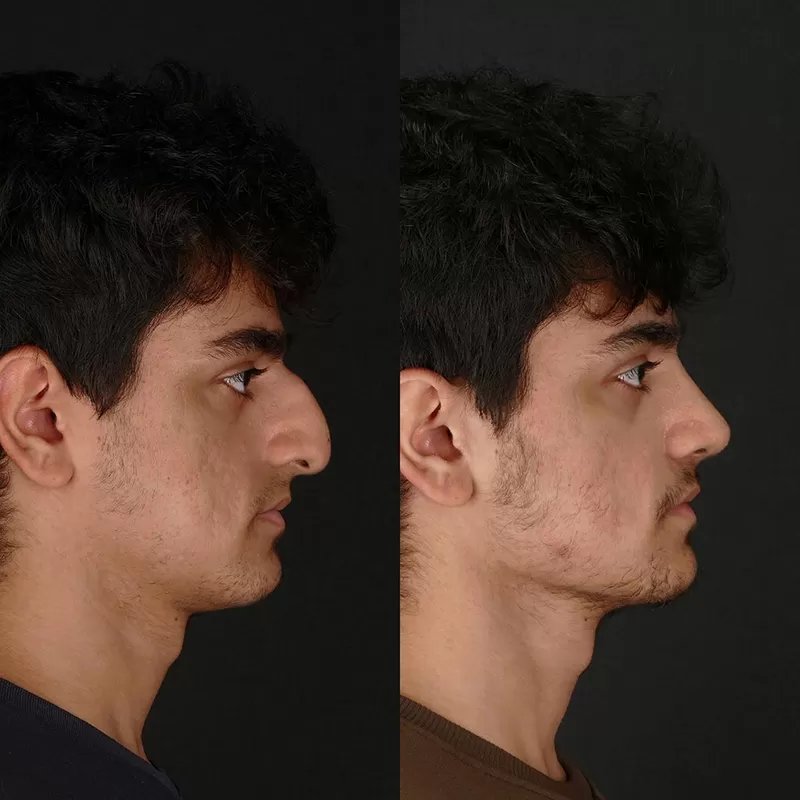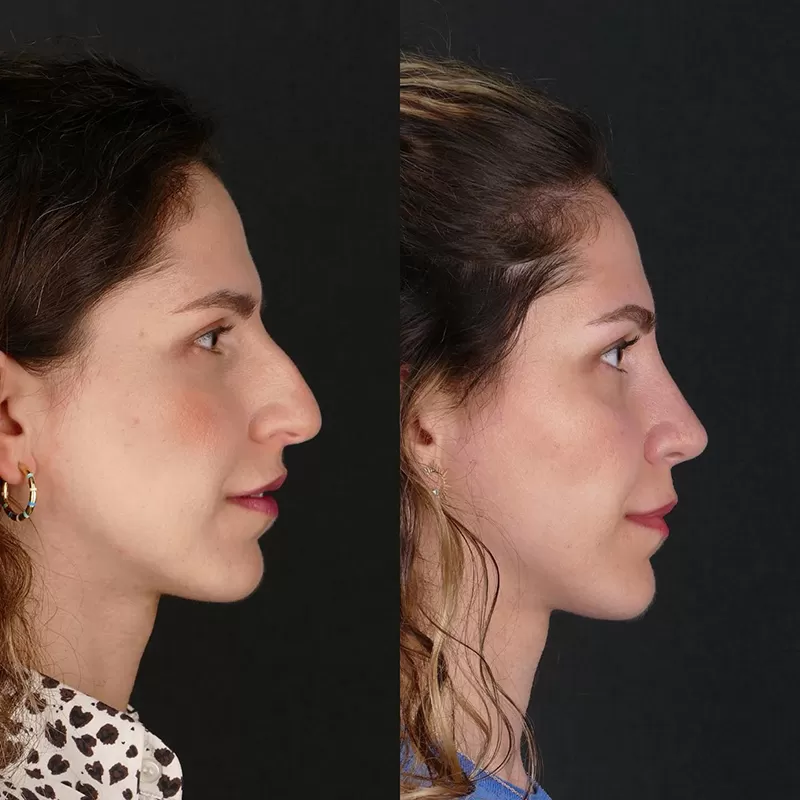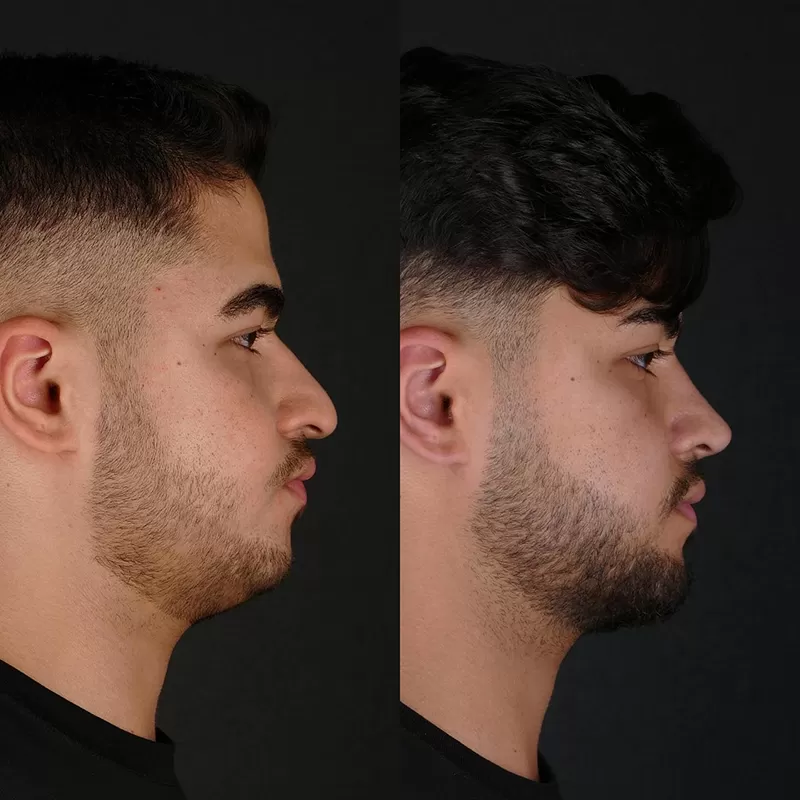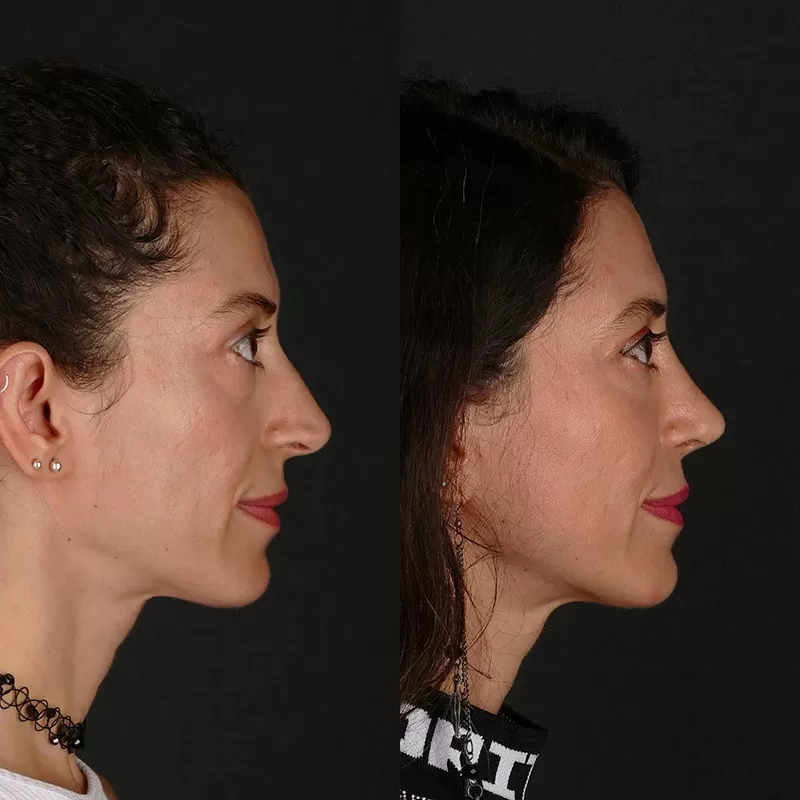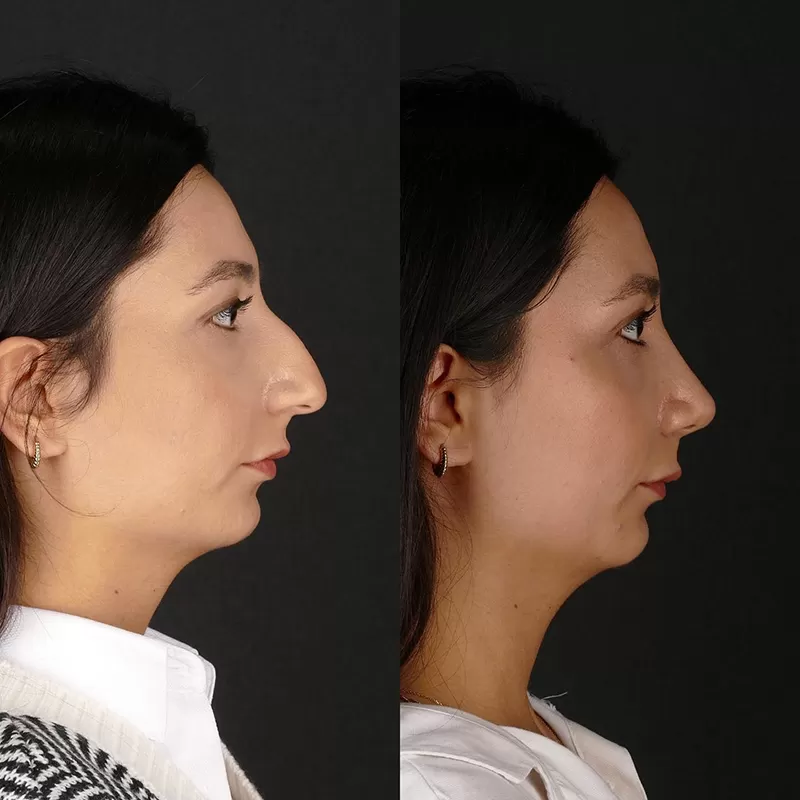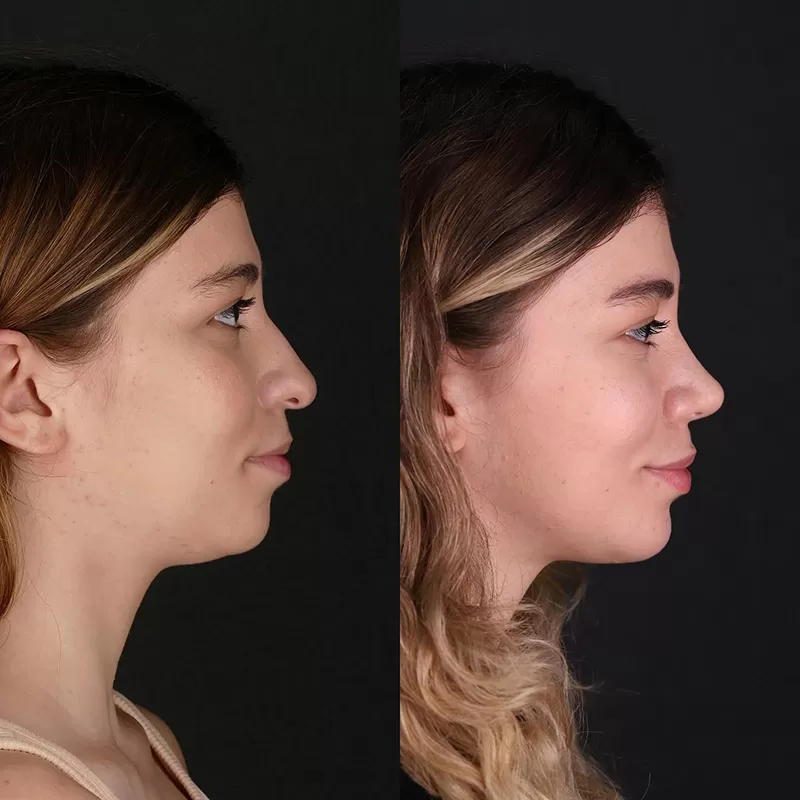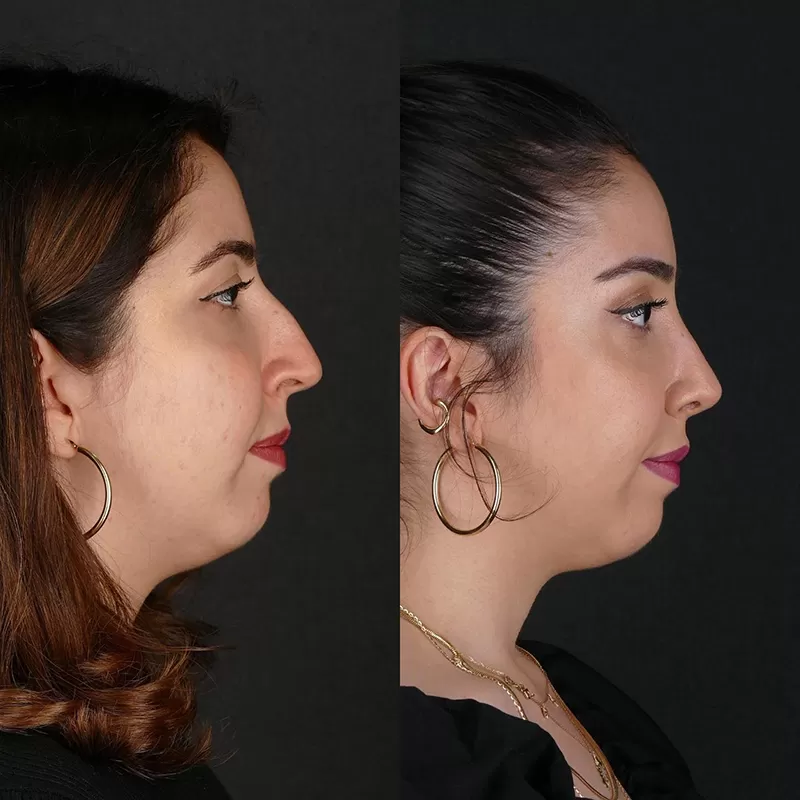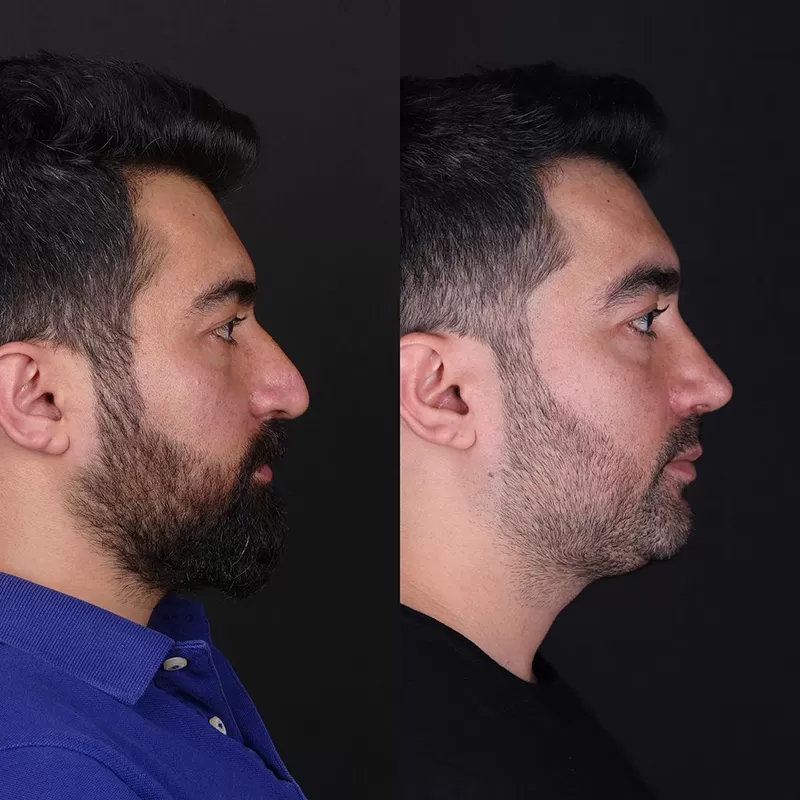Jaw Tip Prosthesis
İçindekiler
ToggleWhat is Jaw Tip Prosthesis?
Inanimate substances placed in or on living tissues in the body are called implants. The prosthesis, which is worn in place of missing or deformed limbs and structures that are missing or missing for various reasons, and which functions in a way that mimics the limb it is attached to, is also an implant because it is attached to living tissue.
Prostheses are called by the name of the area where they are used such as dental prosthesis, maxillofacial prosthesis, arm prosthesis, hair prosthesis. They are made of different materials such as titanium, gold, vinyl, acrylic, porcelain, rubber.

Chin prostheses are used to change the aesthetic appearance, to support weak structures and to fill the gaps in the mouth and jaw area, which are congenital or acquired. These gaps can affect vital functions such as swallowing, eating, chewing and speaking, as well as disrupt the psychological structure of individuals in terms of appearance.
The fact that the tip of the nose and the tip of the chin are aligned and in harmony with the face makes the face look proportional and beautiful and contributes to the formation of symmetry. The most common condition related to jaw structure disorders that disrupt symmetry and appearance is the small and receding jaw. Microgenia is when only the tip of the lower jaw is small without any abnormality in the position of the teeth or lower jaw. Considering that the appearance of the jaw affects the appearance of the whole face, the negative effect of microgenia on the profile will be more clearly understood. The most suitable solution methods for the problem of microgene is chin tip filling and chin tip prosthesis. However, chin tip filling is a temporary and repetitive application, a permanent result cannot be obtained.
TREATMENT PROCESS
Jaw Tip Prosthesis
1 Session
1 Day
Lifetime
20 minutes
Now.
General/Local Anaesthesia
2 Day
How is the jaw tip prosthesis healing time?
The healing process in jaw tip prosthesis application; It may vary depending on the method applied and whether any other intervention is performed. If no additional intervention is performed, the patient is usually kept under observation for one day after the operation, discharged the next day and continues his/her normal life. For mild pain felt after the application and against the risk of infection, painkillers and antibiotic support can be taken as deemed appropriate by the doctor.
It is considered appropriate to rest for the first week. Heavy exertion activities should be avoided for a few days after the application. However, keeping the head upright and ice therapy (cold compress) will contribute to the rapid reduction of swelling that may occur. If the incision is made through the mouth, it is recommended to eat liquid foods that do not require chewing for 4-5 days.
After the operation, the stitches will dissolve spontaneously within 1-2 weeks, there will be no scars and the incision tissue is mucosal, so it heals faster than normal skin. The swelling may last up to 4 weeks. The desired result starts to show itself up to 1 month and is obtained permanently within 3-4 months.
In case of unexpected complaints such as abnormal bleeding, swelling, high fever, a doctor should be consulted immediately.

How is Jaw Tip Prosthesis Performed?
Jaw tip prosthesis; It is a painless intervention that can be applied to people who have completed bone development by passing the 17-18 age limit and have no problems in the tooth structure. Considering the complaints and demands of the patient, two-dimensional or three-dimensional simulations are used to plan the intervention and the possible post-operative image is evaluated.
Pregnant and breastfeeding mothers, high blood pressure patients, those who use blood thinners, those with skin problems, those who have previously undergone surgery on the face should definitely inform the doctor before the application.
The prostheses / implants used are manufactured from many different materials that are safe and flexible in different sizes and forms (plate, sphere, block). Mostly silicone and medpor prostheses are used:
Silicone Materials; Due to their slippery structure, they can be easily inserted and removed through small incisions.

